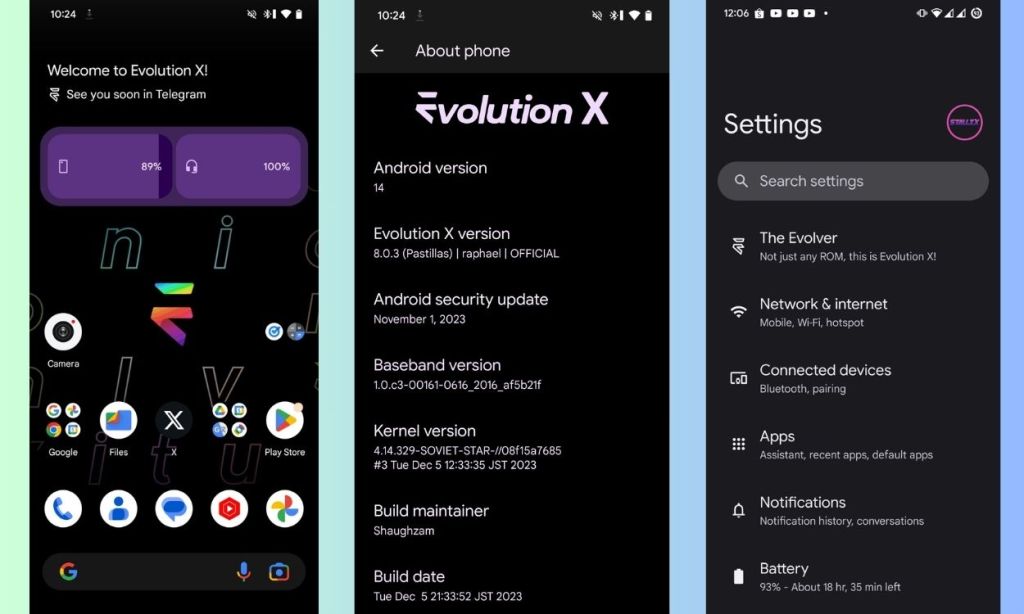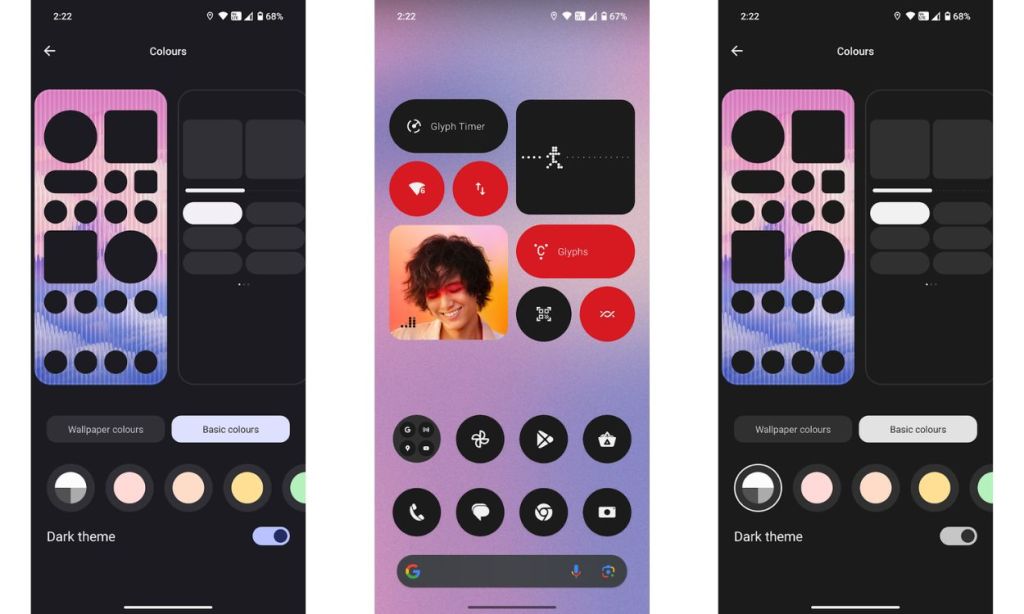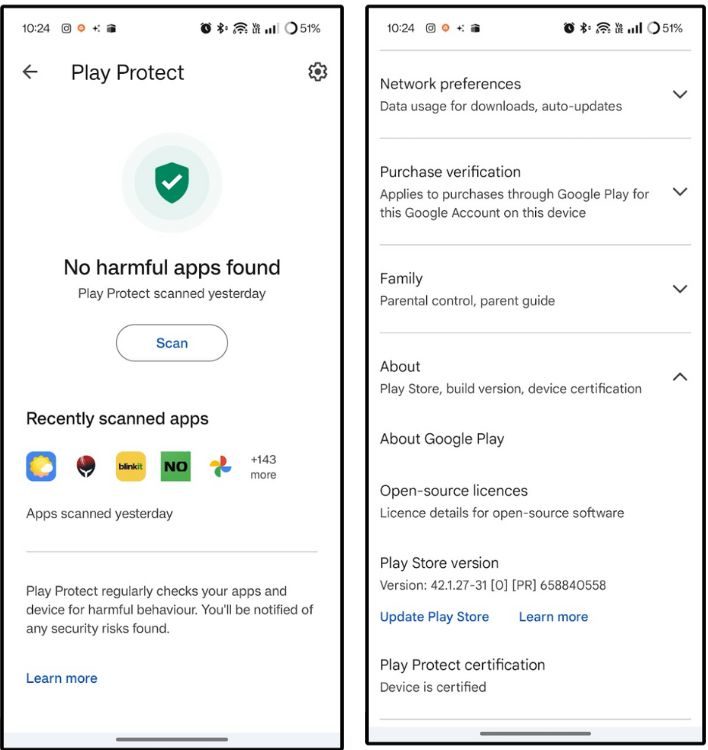One of the strong arguments I would bring up during friendly iOS vs Android banter with my friends is how Android is a very open operating system. The ability to radically transform an Android skin through custom ROMs was baffling when I first found out about it back in 2013 thanks to my Galaxy Y GT-S5360.
Fast-forward to 2017 with the Xiaomi Mi A1, the rush of dopamine with a slight hint of restlessness, and seeing the Custom ROM boot up with its custom animation, was all I needed back in the day. However, it looks like those days are now way past us with Custom ROM developers discontinuing or abandoning their projects, or narrowing the support to a smaller group of devices.
As an Android aficionado, I often wonder about the direction in which Android modding or Android, in general, is heading. Hence, let’s dig deeper into the current state of custom ROMs and their future.
Custom ROMs: A Quick Rundown
Custom ROMs are pretty simple to understand. Android Open Source Project (AOSP) is a bare-bones Android skin over which UIs such as Pixel UI, Hyper OS, and One UI are built. Since AOSP is free to use, anyone can take the code and start building their own Android operating system and the features they need.
Enthusiasts and independent developers reveled in the freedom to do the same, taking features from existing Custom ROMs, sprinkling a bit of their imagination with different UI styling and features, and serving them up as unique custom ROMs to the communities.

There tend to be many enthusiasts behind the project because to compile and test a custom ROM for a newly released phone, you need to have that device. The installation involves unlocking your phone’s bootloader > installing a custom recovery > installing the custom ROM followed by a custom Kernel (optional). The end result was a refreshing user experience with lots of customization features.
It was not all roses, though, as the overall stability would not be great sometimes. Banking apps would straightaway refuse to work. However, you could root your device using Magisk and have one powerhouse of a device you could do anything with.

A custom ROM can completely transform the appearance, bump the performance, and get rid of bloatware from the UI, which is a major issue in budget devices. Hence, the Redmi, POCO, and the older Realme devices are usually the ones more popular in the custom ROM community.
What Happened to Custom ROMs?
Although Custom ROM projects are fairly active these days, it’s safe to say that the amount of enthusiasm and hype around them has fallen immensely. There are two sides to the declining popularity of Custom ROMs, and the most obvious one is:
The User Side
The main crux of the issue mostly lies in the user side of things. The target audience for custom ROMs has always been a niche group. The overall user base has only decreased since the peak years of custom ROM development back in the early 2010s, which was already less than 1%. As Android devices have become more feature-rich and user-friendly, the need for extensive customization has diminished for many.
Market Evolution and Bloatware
There’s been a shift in the market and Android smartphones have become expensive. Custom ROMs were extremely popular in the budget segment but due to the shift in the market, user preferences, and changes in the way OEMs market and sell their devices, most modern Android devices have rich, customizable UIs with almost everything a user would need, which was not the case before.

Due to user awareness, excess Bloatware is now considered a deal-breaker. Hence, manufacturers are now bundling increasingly less bloatware over time. Another reason for the decline in custom ROMs could be devices reaching a saturation point both hardware and software-wise, mostly due to the latter.
Beyond the Saturation Point
You see, 2013-2019 was the period the Android phone market was booming immensely because brands were extremely competitive with the pricing and specifications. With Android smartphones becoming more mainstream, the “fun” element has almost disappeared.

Back then, users sought to experiment with the devices to try and unlock more of its hidden capabilities or bring more features, but that’s no longer the case with modern smartphones. OEMs know this, and that’s exactly why AI features have taken the center stage in the modern smartphone era.
Increase in Average Ownership Duration
Gone are the days when manufacturers promised only one major update for their devices. Since the devices back in the day would get irrelevant soon without users getting the next major Android update with lots of new features, people had a solid reason and drive to try out a custom ROM. The drive was further strengthened due to extremely late software updates from OEMs.
Modern, high-end smartphones get over 4 years of major updates, and since the average cost of a flagship has only gone up, people are clinging to their phones for a lot longer. Budget smartphones, on the other hand, get around two major updates, and that’s the reason why a lot of custom ROMs have much better support for those kinds of devices.
The bump in pricing combined with the improved user interfaces, a barrage of features, the dying enthusiasm, and the lack of time (as we’ve gotten busier with our lives) are some of the reasons on the user side why custom ROMs have declined in popularity.
The Google and OEM Side
Google is an Ad firm first and a software and hardware firm later. It’s not at all surprising that the giant collects user data and wants users to use its services, most of which include cloud apps like Gmail and Photos, to make it hard for users to switch to another platform.
Google Wants You To Stay
This ecosystem is almost impossible to escape from, and one of the solutions to reduce the possibility of Google tracking you is by using custom ROMs like GrapheneOS and microG. Well, that was the case until Google introduced Play Integrity.

The crux of Play Integrity is that Google has a list of “certified” devices and OSes that are not Google-certified will be blocked from running apps, if the app has Play Integrity integration.
“An unofficial OS is a Bad OS” – Google
Recently, Authy, a popular 2FA app stopped working for GrapheneOS users, and the community manager and X user @mbananasynergy1 replied to a thread where Shawn Willden, Tech Lead for Android hardware-backed security subsystems, was ironically discussing Android security.
@mbananasynergy1 informed him how it’s unfair that Android-based OSes have to face this, to which Shawn replied, “If it’s not an official OS, we have to assume it’s bad“.

This made it clear that Google is gatekeeping and carrying out anti-competitive practices. Certain OS’ and devices that don’t meet “Google’s Play protect standards” often pass the checks because they use Google services. Or they’re involved in a deal/partnership that promises a lot of capital.
Shawn hasn’t commented on this yet. This conversation kind of gives you an idea that Google isn’t in full support of other OSes trying to thrive.
The State of Dishonesty
The thread later continued with the official GrapheneOS handle, explaining how Compatibility Test Suite failures are common on Pixels and other Android devices, yet Google allows Play Integrity to pass. The thread is quite interesting and tells you a lot that’s currently going on in Android, so we suggest you check it out.
Then there are OEMs that straight up don’t allow you to unlock a device’s bootloader or make the process a bit difficult. The list includes popular manufacturers like Samsung, Realme, OPPO, Vivo, Huawei, and ASUS. While we understand the potential risks of allowing users to unlock bootloaders, restraining a user from doing something on a device that they 100% own is just plain wrong.
Adding to the already declining popularity, the pressure from Google and OEMs to prevent users from trying out more secure OSes is also affecting the custom ROM community. Not to mention, once you install a ROM, your device loses its ability to play content in HD, and RCS chats won’t work without Play Integrity among many other things.
Are Custom ROMs a Dying Breed?
Although their popularity may plummet even further, Custom ROMs still exist. As long as OEMs offer the ability to unlock Bootloaders and users don’t give up on their data privacy, the custom ROM community will keep thriving. Although, I can’t help but feel bad for the demise of two of my favorite custom ROMs — Pixel Experience and Dot OS.
Custom ROMs so far have promoted themselves as feature-rich alternatives to Android. But with the current circumstances and growing use of AI, I, for one, hope to see custom ROMs that market themselves as clean Android alternatives without any of the AI shenanigans because I know a lot of people are tired of hearing the word “AI”. Sure, it’s a farfetched possibility, but it’s not out of the question.
Have you ever installed and used custom ROMs on your Android phone before? How did you like it compared to the Android that came with your device? Let us know in the comments below.
One Piece Chapter 1125: This Character Replaces Saturn In The Gorosei
10 New Movies To Stream This Weekend On Netflix, Hulu, Prime Video (August 17 – 18)
Nintendo And Pokemon Company Are Suing Palworld Maker Pocketpair


![Custom Rom in Android [Real Research!] - TechFOW.com](https://i2.wp.com/www.techfow.com/wp-content/uploads/2022/09/custom-roms-are-sesoned-to-be-different-from-the-factory-rom-that-your-phone-comes-with.jpg)